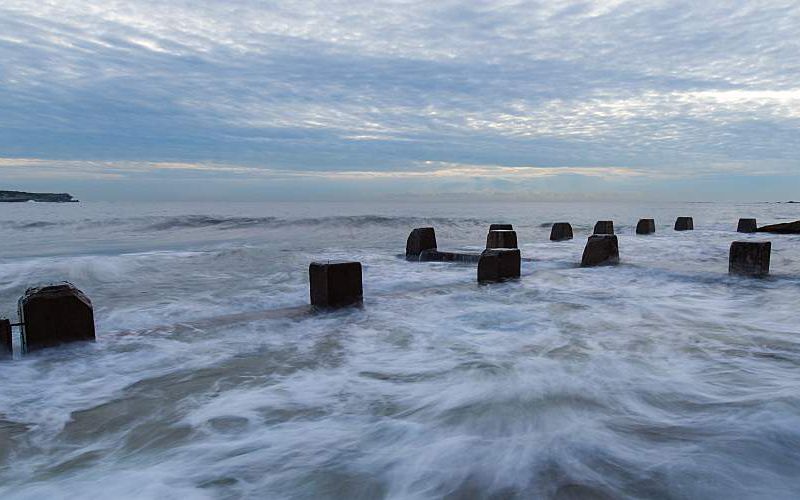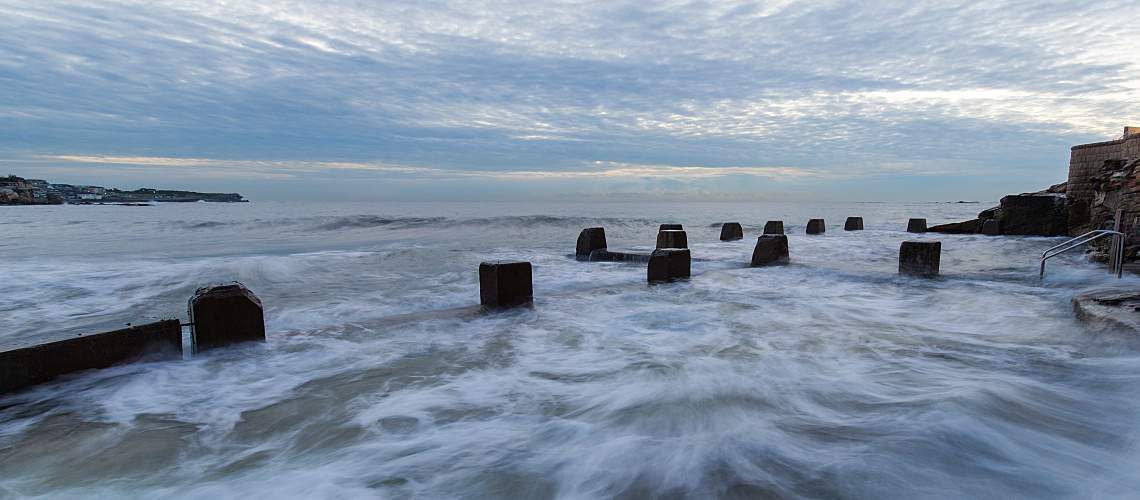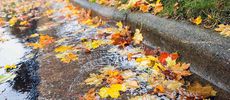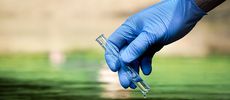Enterococci Levels Rise in Australian Recreational Spots


Enterococci exceeded safe levels at several popular recreational water areas in New South Wales, Australia, over the past year. Heavy rain and flooding from La Niña events prompted the state government to give well-known beaches—including Coogee and Rose Bay in Sydney—"poor" water quality grades in their latest report.
The statewide government report, based on routine testing for the bacteria, found that the majority of monitored spots were suitable for swimming. However, there was a slight overall decline and a number of locations were downgraded compared with the previous year.
Extreme weather in the region continues to send sewage, debris, and pollution into estuarine, lake, and lagoon recreational waters. Climate change increases the likelihood of flooding, underscoring the need for timely recreational water quality testing, not just in Australia but worldwide.
Weather Affects Water Quality
Scientists link climate change and La Niña weather patterns to the unusually wet conditions that have occurred in Australia over the past three years. New South Wales, on the southeastern side of the country, experienced record rainfall and flooding.
In late September, the state government published its annual "State of the Beaches" report on 214 monitored recreational sites including ocean beaches as well as estuarine, lake, lagoon, and ocean bath locations. The report notes that 2021–2022 had long periods of wet weather and the wettest summer in 10 years. Summer in Australia begins in December and lasts until late February.
"Routine monitoring at coastal swim sites on the North Coast, Central Coast, in Sydney and on the South Coast detected significantly elevated microbial counts, which posed an increased health risk to bathers," the report says. "The most affected areas were in estuaries, lakes and lagoons, which have a lower level of flushing and took longer to recover from the floodwater events than the ocean beaches."
As a result, the government gave about 20% of the beaches and swimming sites "poor" grades, meaning they were susceptible to fecal pollution and microbial water quality. The state recommends avoiding swimming at these locations for as many as three days after rainfall occurs, although testing showed some sites remained unswimmable for weeks. One estuarine site called Foreshores Beach received a "very poor" grade along with the caution to generally avoid swimming there.
Coogee Beach in Sydney was downgraded from "good" to "poor" due to elevated enterococci levels recorded during dry weather on occasion that increased after rainfall. This ocean beach on the Coastal Walkway is among the best known in Australia, drawing tourists and locals for activities such as swimming and snorkeling. Other popular beaches including Emerald, Woolgoolga, and Caseys were also downgraded. During a particularly wet week in February, enterococci exceeded 40,000 per 100 milliliters in several Sydney swimming spots, soaring past safe levels.
Spotlight on Monitoring
Australia's 2008 national guidelines for managing recreational water risks advocate for using enterococci as the single preferred indicator for detecting fecal pollution. "The bacteria is found in very high numbers in raw sewage which makes it a good indicator of sewage pollution," the New South Wales government says. "Studies have shown a strong relationship between elevated levels of enterococci and illness rates in swimmers."
Recreational water sampling frequencies and time periods vary in the state but usually occur when the beaches are in use. At some beaches, including those in Sydney, the government collects samples every six days all year. Other more seasonal spots have sampling every six days during the summer and monthly in the winter. Beach monitoring occurs through the government's Beachwatch program, which began in 1989 when sewage discharges into the ocean were extremely high.
To assign grades for their annual report, the state uses a combination of microbial assessment and sanitary inspection. Microbial assessment categories range from equal to or fewer than 40 cubic feet per 100 milliliters of enterococci to greater than 500 cubic feet per 100 milliliters, which carries higher risks of gastrointestinal illness as well as acute fever and rash. Sanitary inspection identifies possible fecal pollution sources at recreational water spots and assesses how much risk they pose to the public.
"Rainfall is the major driver of pollution to recreational waters, generating stormwater runoff and triggering untreated discharges from the wastewater treatment and transport systems," the state government says.
More than 85% of New South Wales residents live within around 30 miles of the coast, according to the state's environment minister, so dangerous levels of fecal pollution at swim beaches can have sweeping effects on local communities. As heavy rainfall and extreme flooding continue ahead of the summer, testing is a priority. What's happening in Australia could be a preview for rising recreational water testing needs in other parts of the world. Although you might be heading into winter, it's not too early to get your lab ready for the busy summer season ahead.






